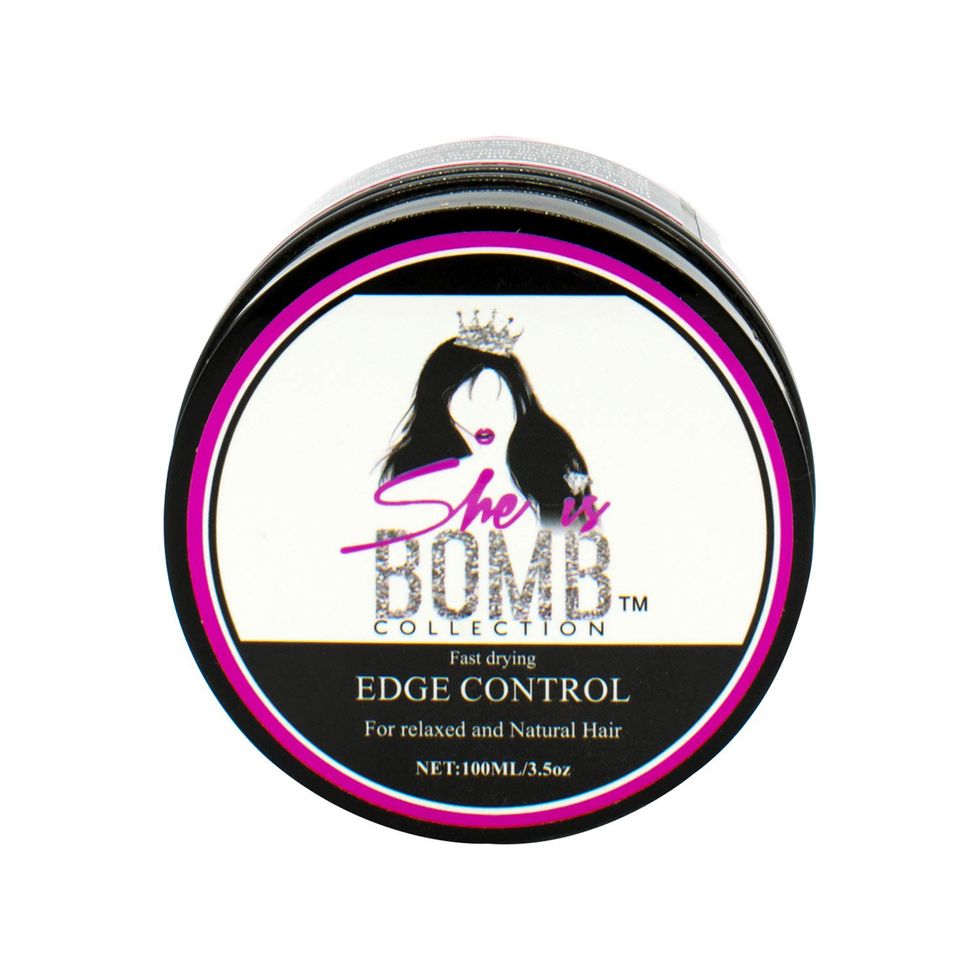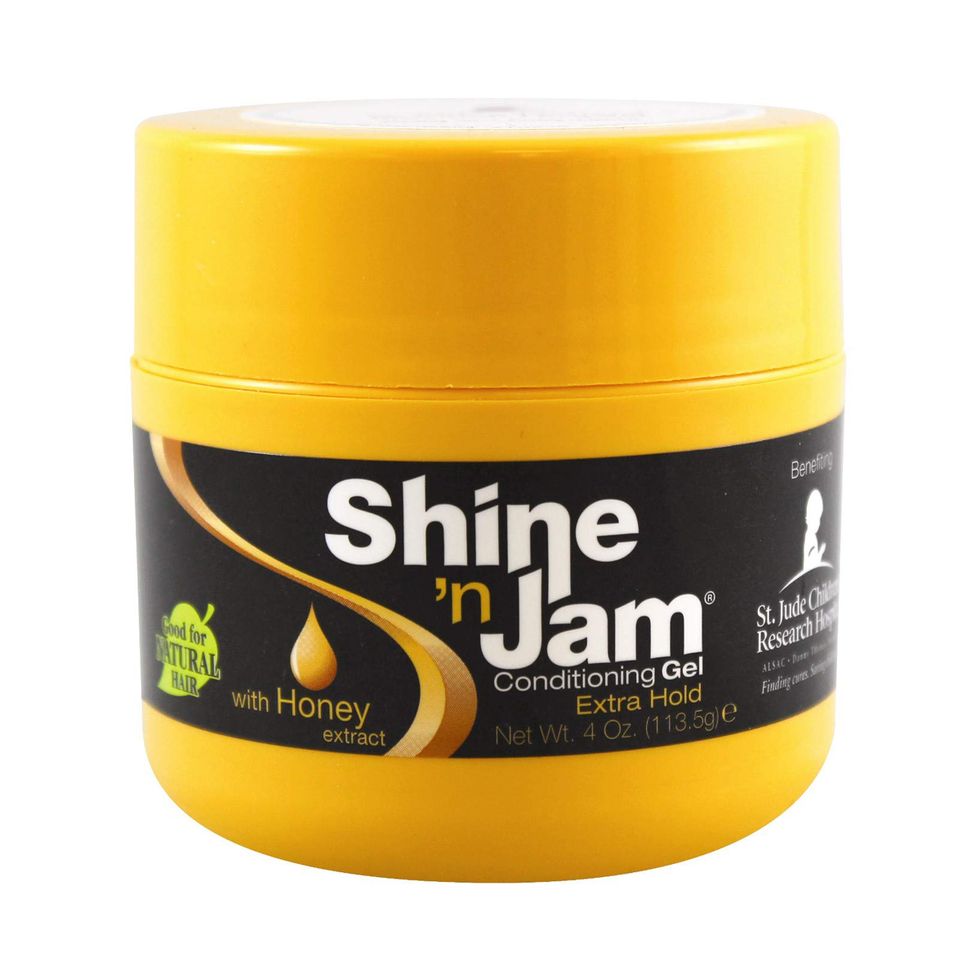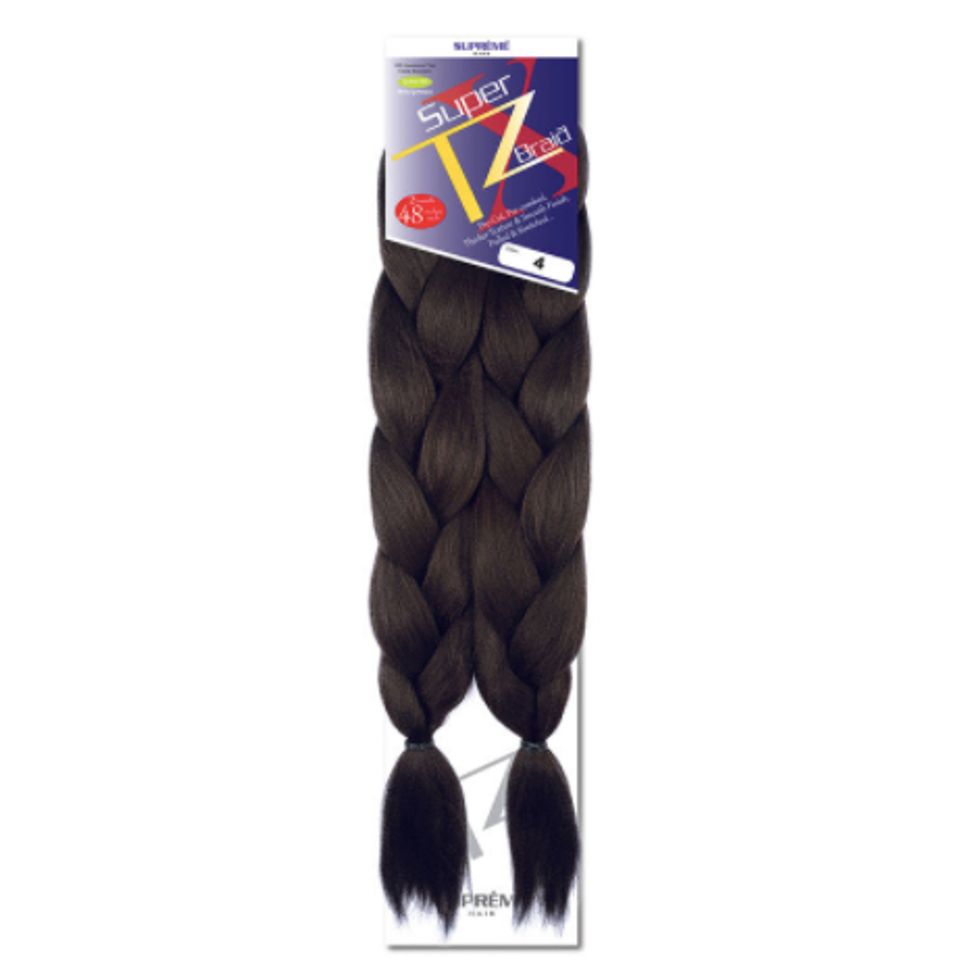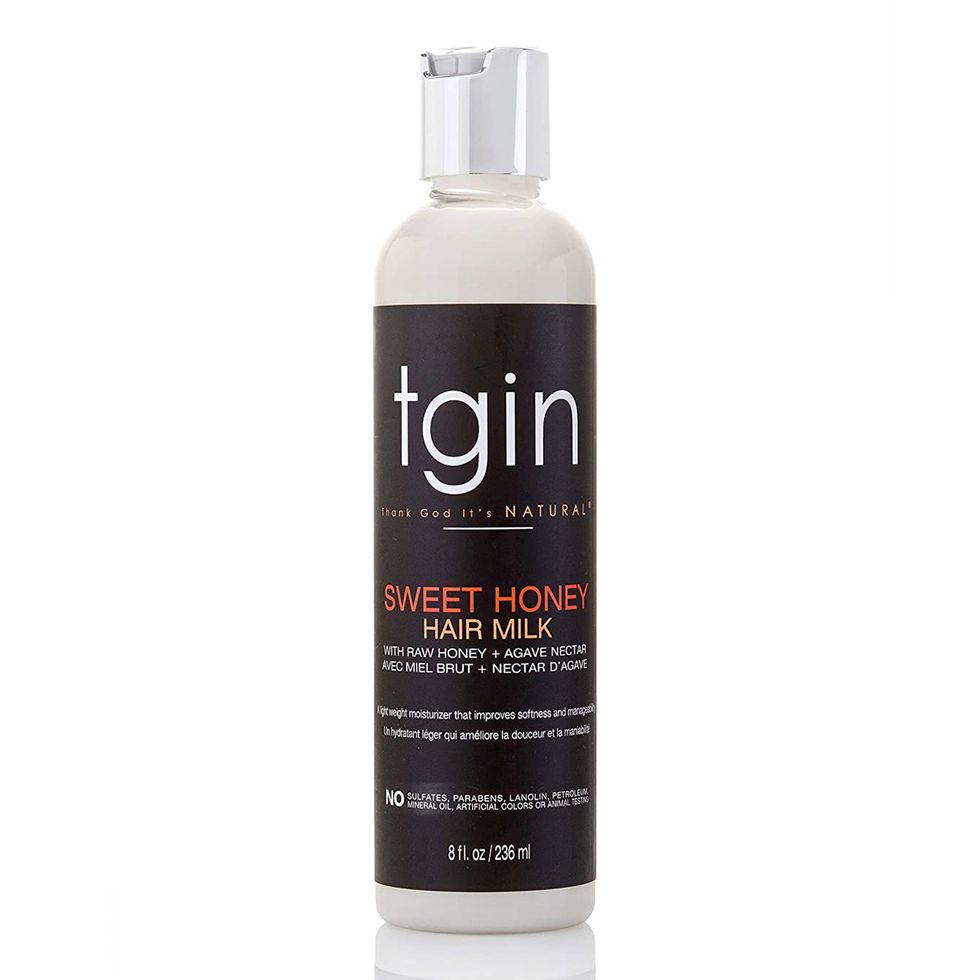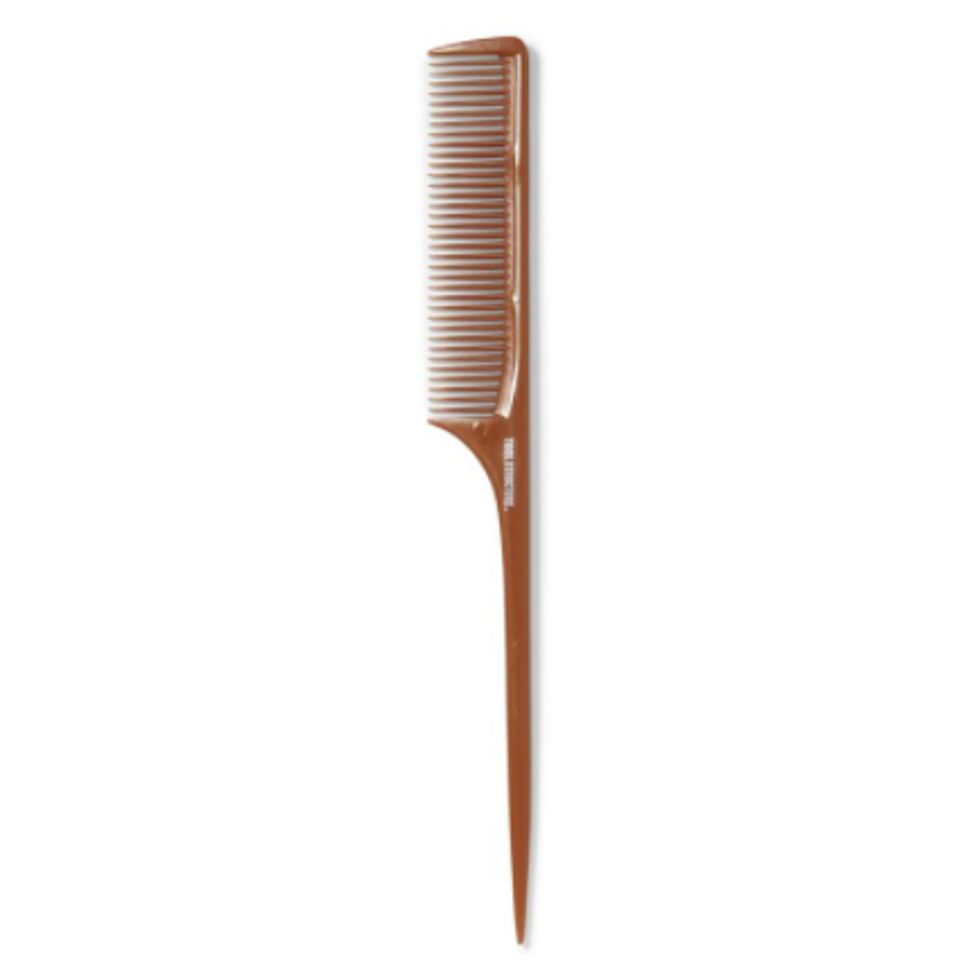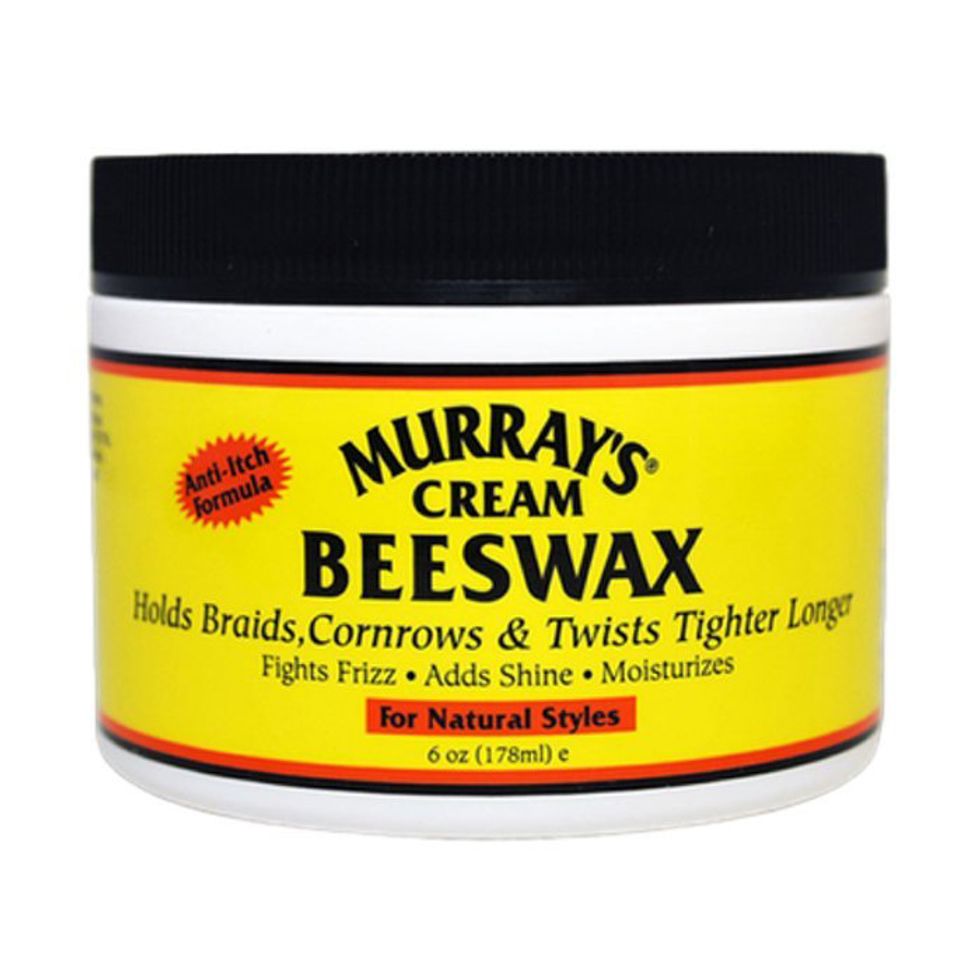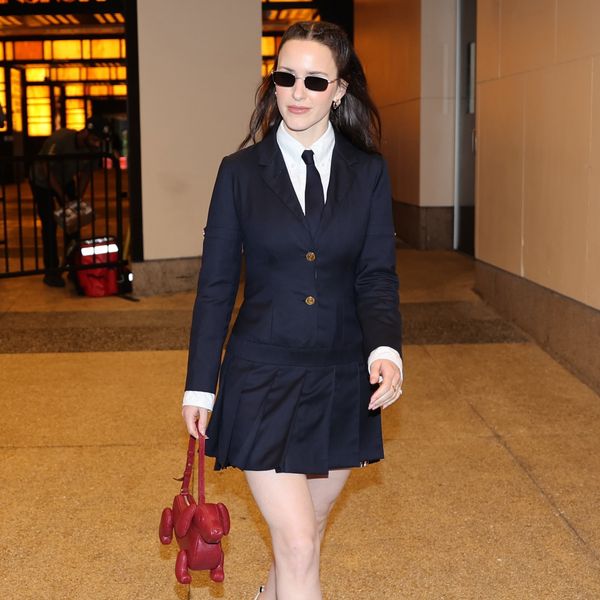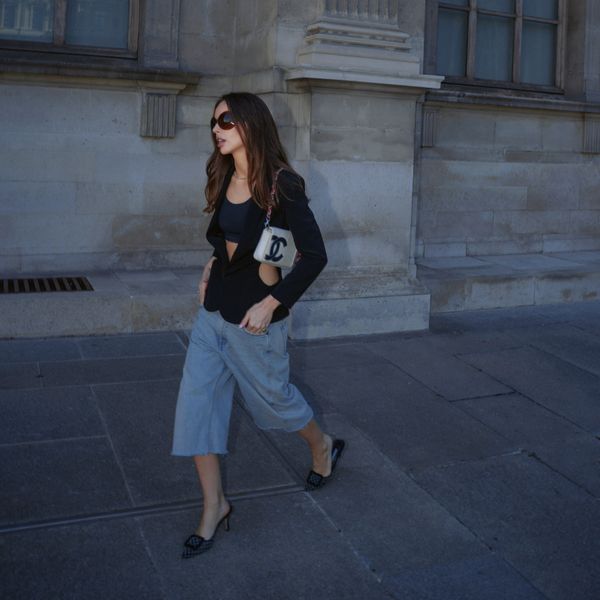
While some feel it’s more of a curse than a blessing, for us, our hair is our history, entwined in each and every curl, coil, and beautiful piece of texture. It is our crown that we wear high and proud in every shape, size, and style you could possibly imagine. And as royalty, we’ll stop at nothing to protect it.
You see, the hairstyles we wear are more than just a cute look to rock, but a way to keep our hair intact. Sure, the variety of different textures requires an array of products and diligent maintenance, but most of all, it needs love and appreciation. There is a lot of passion and technique that goes into creating these wonderful, and at times elaborate, twists and braids.
As Black women (and men!), we have the privilege of such versatile hair that we can pretty much do anything with it. In the past, there were occasions when society told us it was something to be ashamed of and something we should change to distinguish ourselves or look more “professional.” And while those moments are still inherently ingrained within some people, the rest of us have decided to liberate ourselves from society’s outdated standards of beauty and wear our crowns as we were always meant to—celebrated, protected, and loved, for and by us.
Looking ahead towards fall, we decided to speak with three friends about their preferred protective hairstyles for the season, their journey towards loving their hair, and their thoughts on Black hair in mainstream media in 2020.
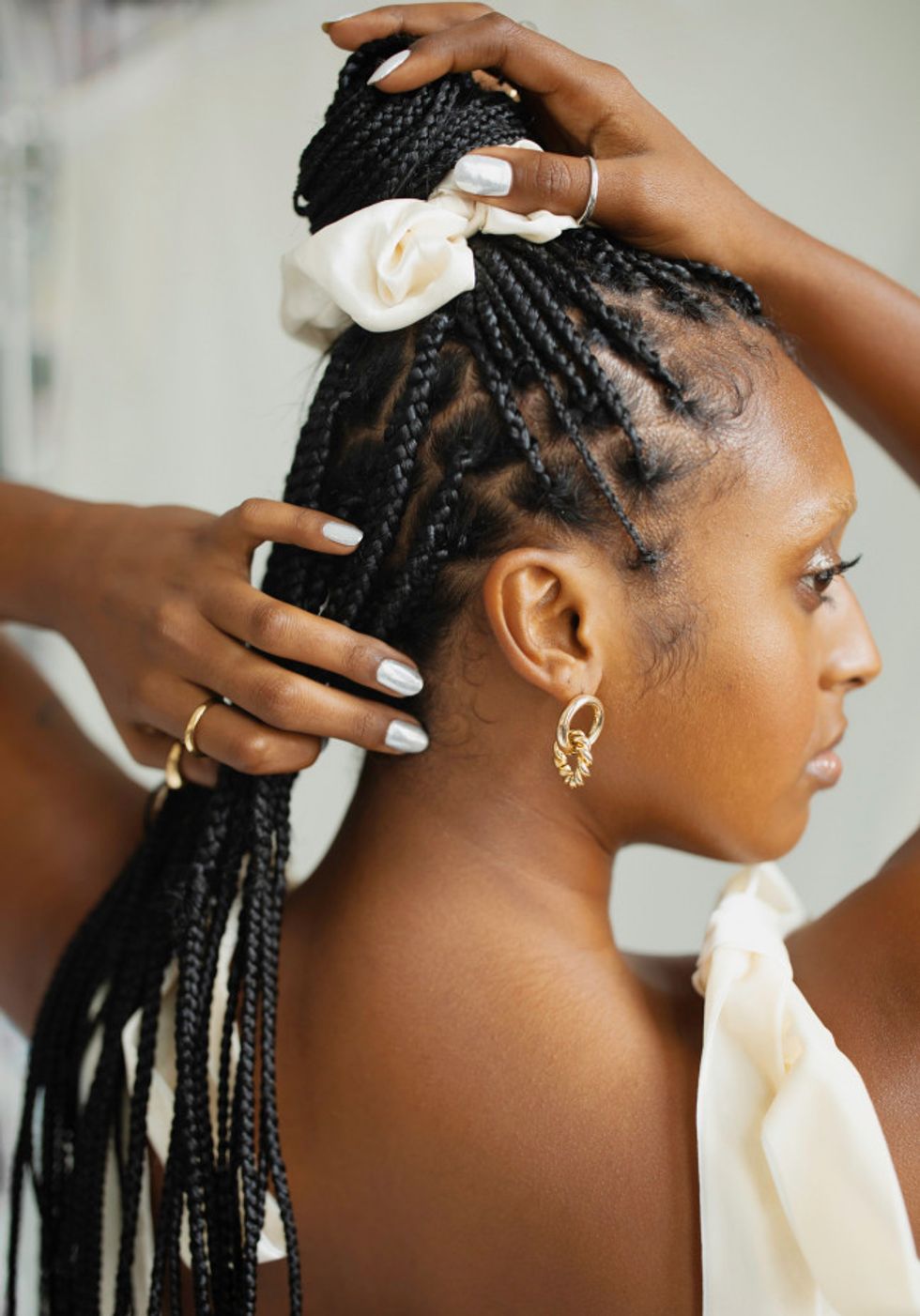


On an early memory of getting her hair done:
“My signature style was this diagonal two braids that my mom used to do for me. She wasn’t very skilled at braiding, so she would finesse this style which actually became my signature when I was in first or second grade. There are a lot of school photos with this hairstyle. It is a diagonal part with one braid in the front and one braid in the back. The front one would frame my face, and the other one you could see in the back. It was also the one that my dad was able to do.
“When I was really young, my dad was taking care of my sister and I during the day because my mom worked. Then my dad would work at night, so my mom would be taking care of us at night. So it was a functional [style].”
On her hair journey:
“When I was younger, my mom didn’t really have the time to do my hair and things like that. Most Black women have been conditioned to believe that the ‘right’ thing to do with your hair is to get it relaxed. So I had my hair relaxed when I was probably about 10 or 11 years old for about five years. Then, when I got to my freshman year of high school, I did a big chop.
“[I did it because] my hair got so damaged and it was so thin. I was frying it by straightening it, and I rarely wore my hair naturally just because I wasn’t really privy to how to take care of it naturally. My mom always had her hair relaxed and dyed. She would do all of that herself.”
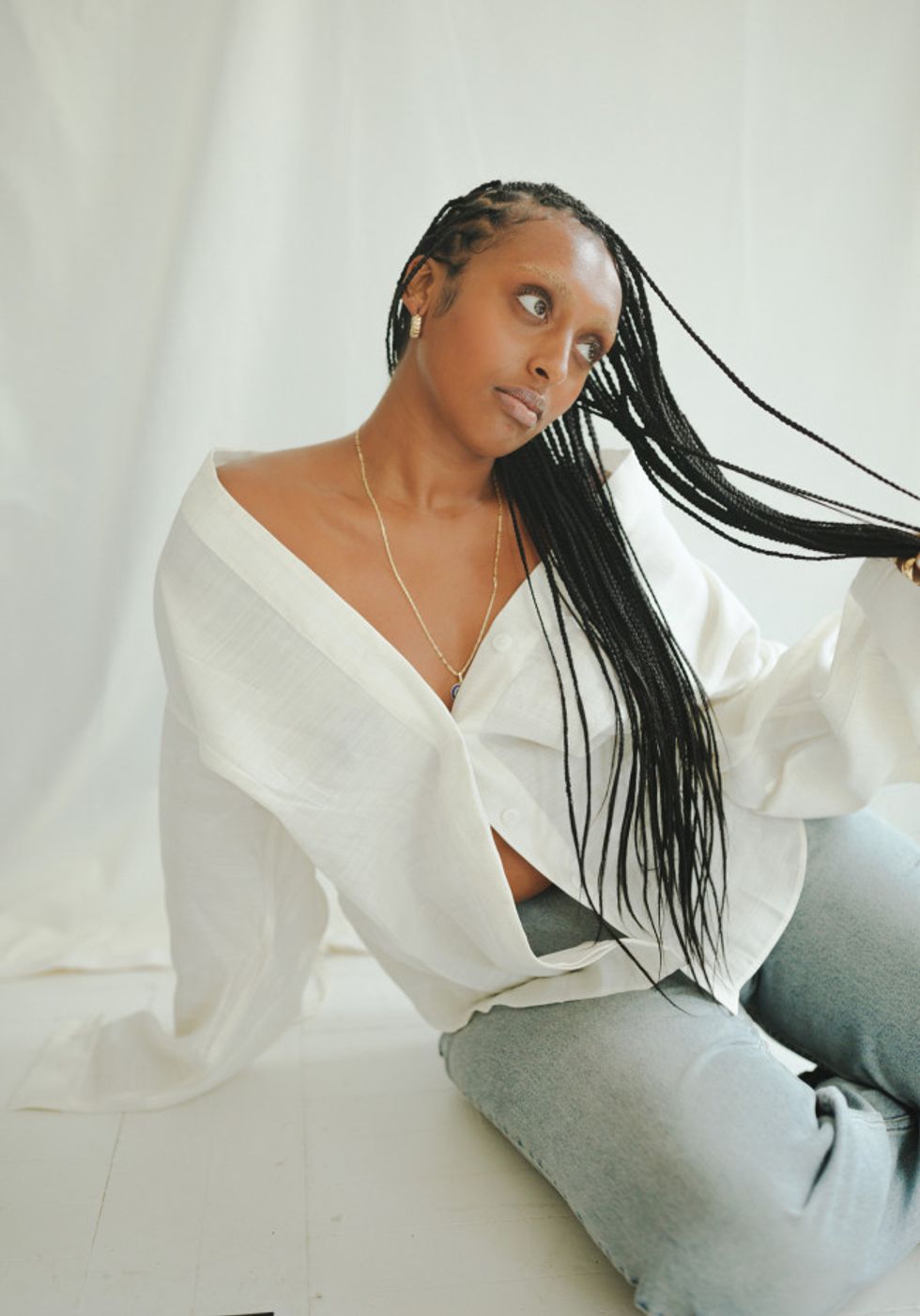
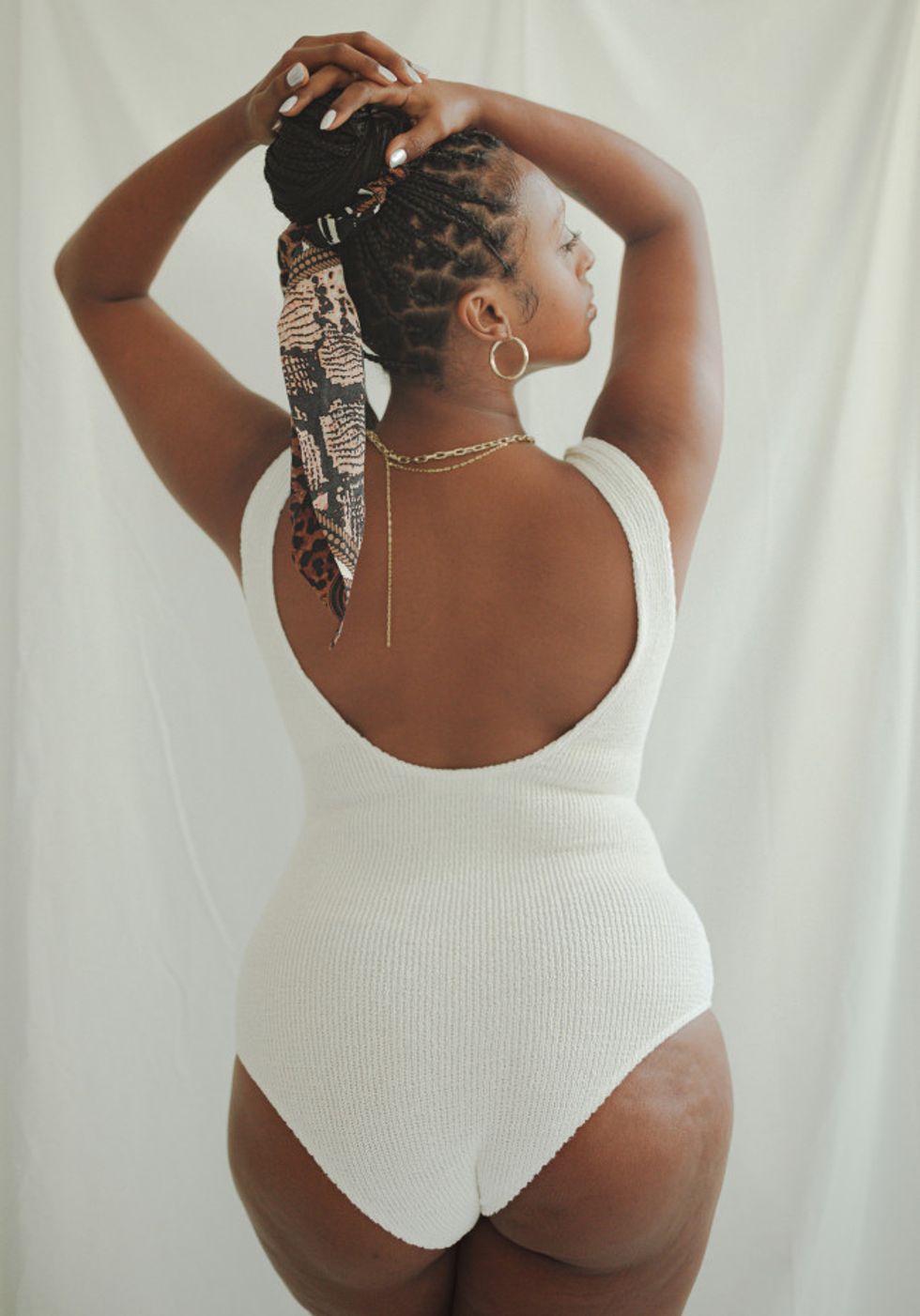
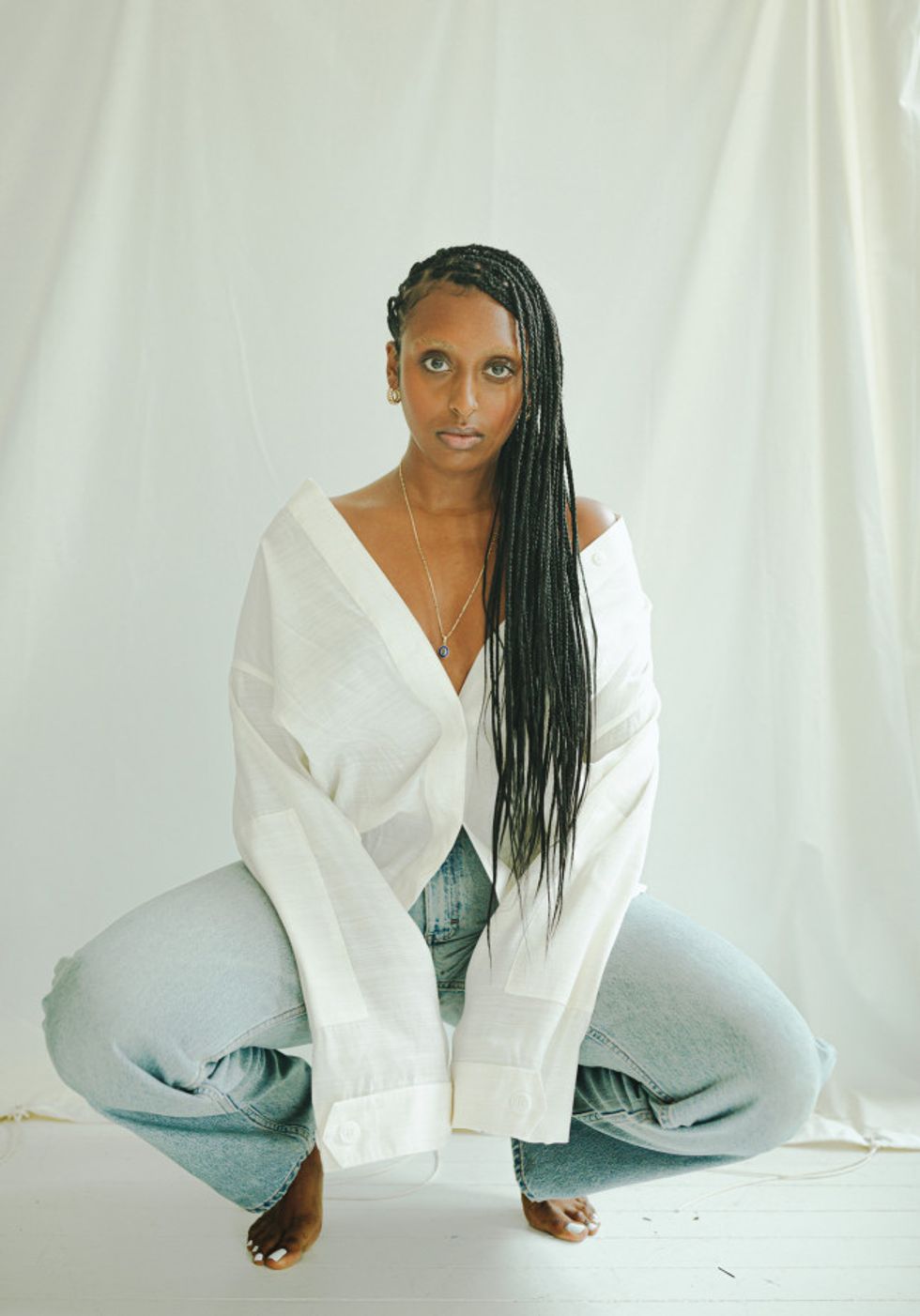
- Banna Nega Wears:
- Bustier by Orseund Iris
- Silk scrunchie by Urban Outfitters
- Earrings by Laura Lombardi
- Rings by Wolf Circus
- Shirt by Jacquemus
- Pendant necklace by Kinn
- Earrings by Laura Lombardi
- One-piece by Jil Sander
- Hoop earrings by Kinn
- Link chain necklace by Kinn
Her thoughts on seeing Black hair and protective styles in mainstream media and pop culture:
“I don’t personally find it inspiring or cool to see white women wearing braids for protective styles. But, I’m also grateful for it in a way because it shows us clearly how entitled people feel to our culture and to what we have been doing for centuries as a means for survival and function. I just really cannot relate to someone who trivializes other people’s history and cultures.”
On the versatility of her hair:
‘I’ve been through a lot on my hair journey, but I’ve learned to love every phase of it. I try to maintain only positive energy when dealing with my hair (and everything else) because I’ve noticed how stress can affect it. When I can’t make it to the salon, I love to experiment and get creative with braiding my own hair—putting it in different bun styles and playing with parts and hair accessories. I’m so grateful to have such versatile hair that can tell a story and pair with whatever mood I’m in.”
Hairstylist: Illeisha Lussiano owner of The Way NYC Salon & Beauty Supply

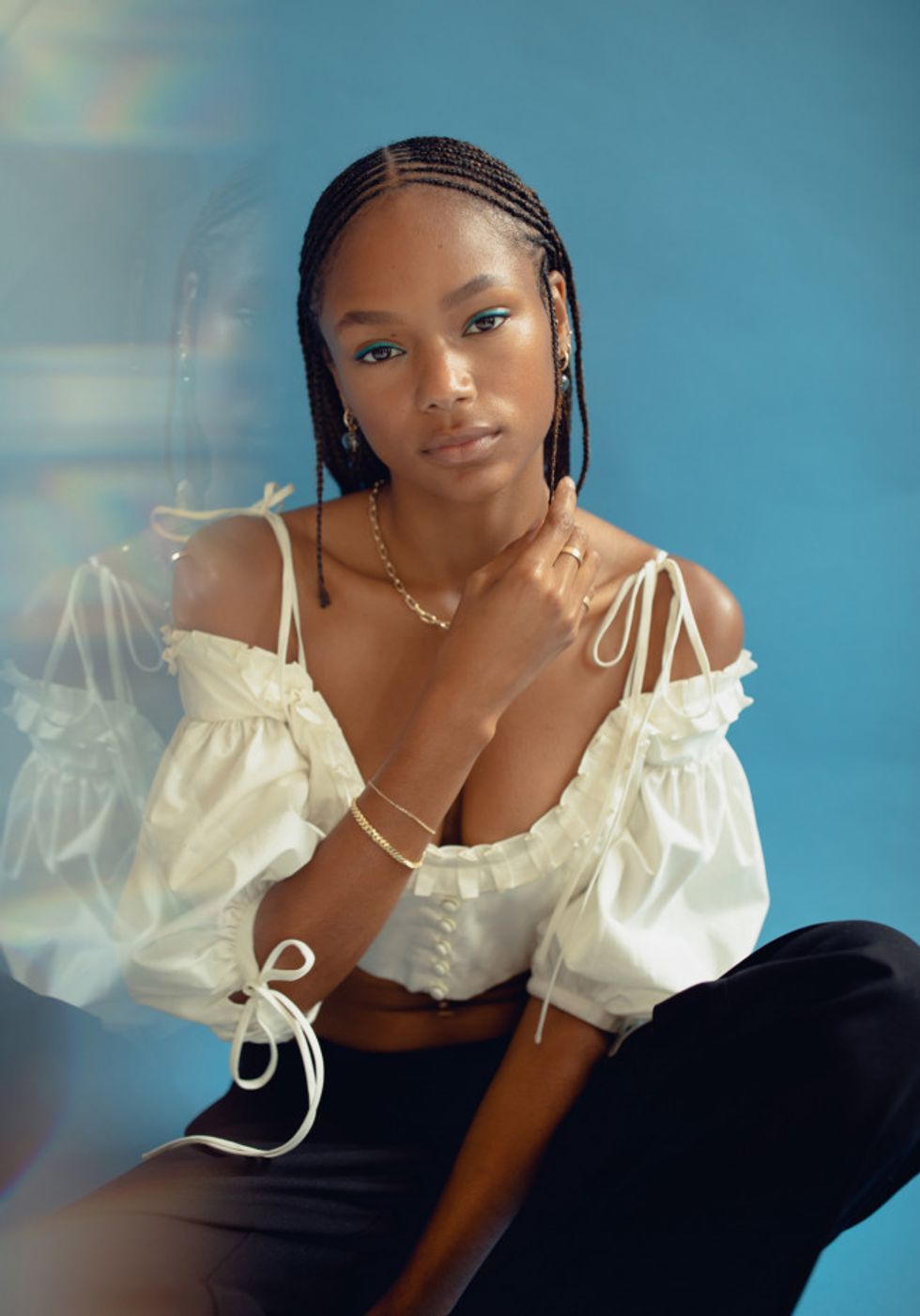

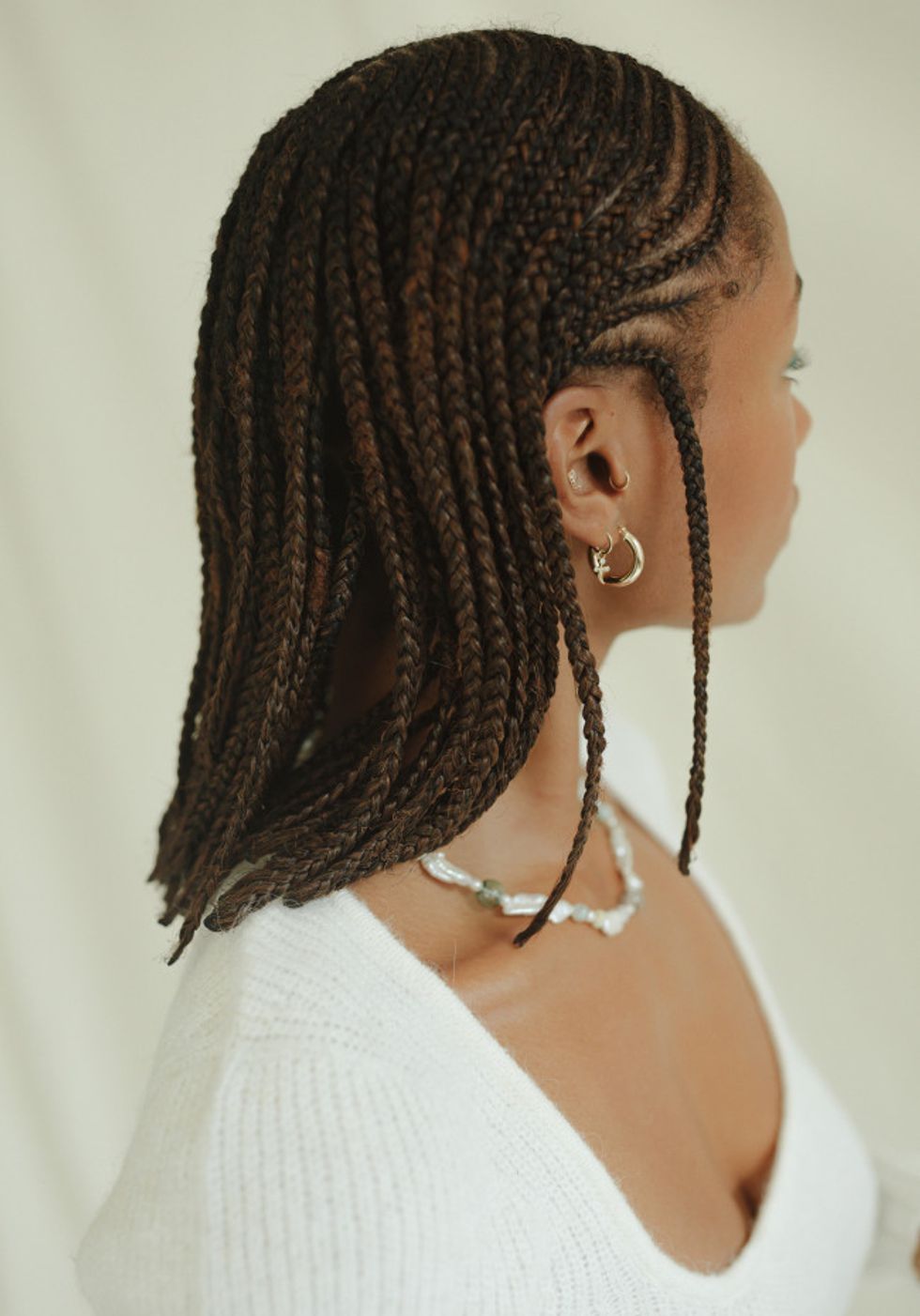
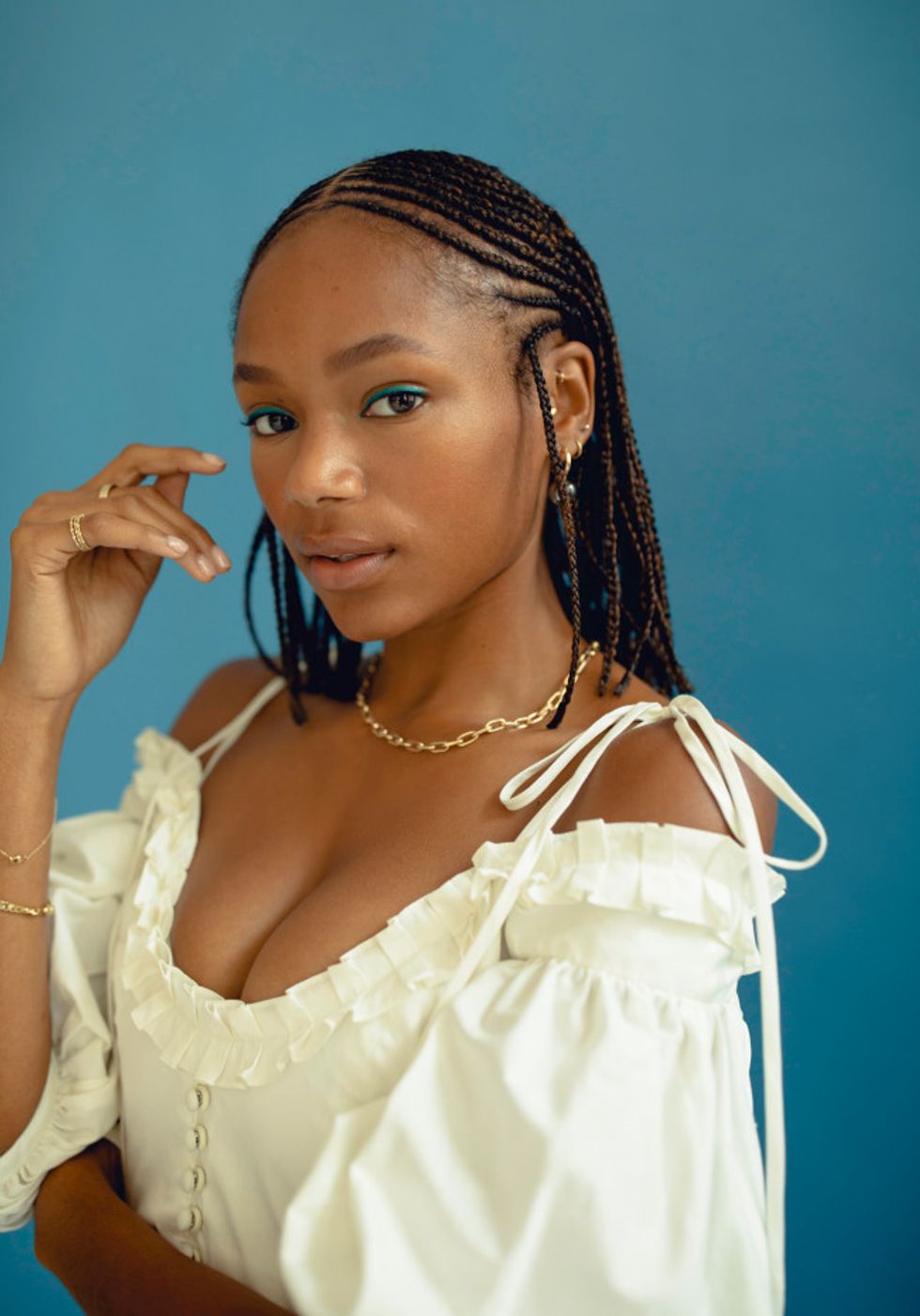
On an early memory of getting her hair done:
“Probably when I used to go to church when I was younger. My mom would use a hot comb on my hair—mainly for Easter, of course, or a special occasion. That was the worst for me because I was always nervous that I was going to get my hair or scalp burned, but it was also the best because I had straight hair—I loved having straight hair because it was something different.”
On her hair journey:
“My curl pattern is 4C. For the longest time, though, my mom permed my hair just because it was easier maintenance for her. She wasn’t really home because she worked a lot, so I would always get my hair relaxed. I was super young, about nine. My older sister, my mom, and my aunt were always getting relaxers as well, so it just felt like I was fitting in.
“When I hit 18 or 19, I was over it, and I shaved my head. And that’s when I started to go natural. I had just got out of a relationship, and I was just like, ‘You know what, I wanna do something different,’ and it was so liberating. Then, from there I decided I wasn’t going to perm it anymore because it was damaging my hair. That’s also when I learned more about natural hair.”

- Na’Jeen Michelle Wears:
- Earrings by Laura Lombardi
- Necklace by Laura Lombardi
- Shirt by Jacquemus
- Bracelet by Pattaraphan
- Ring by Kinn
- Bracelet by Kinn
- Dress by Jacquemus
- Necklace by Wolf Circus
- Earrings by Kinn
- Top by Orseund Iris
- Bracelet by Kinn
- Earrings by Wolf Circus
- Necklace by Kinn
Her thoughts on seeing Black hair and protective styles in mainstream media and pop culture:
“It’s frustrating to a certain extent because it’s just that—it’s a trend for certain people. They’re doing it for a trend, when in all actuality this is for us to protect our hair because our hair is more frail and a little more brittle. But it’s also a beautiful thing, because now I can walk out the house with whatever it is I want to. Whether or not people are looking at me [like I’m] crazy, I really and truly don’t care.
“I do think it’s beautiful that we’re mainly getting the attention and recognition that we deserve. This should’ve been a thing before, but I’m glad we’re in [here] so that maybe when I have children, I can send them to school with two-strand twists—and maybe not everyone will agree with it, but we’ll be at a place where we can fit in more. We’re pushing forward towards more equality, but you do see things like people not being able to have locs in school... Hopefully that will change soon.”
On the versatility of her hair:
“I think it’s beautiful, honestly. I love how we are able to manipulate our hair and just do about whatever we want. It makes me feel good, and it’s actually super liberating to me just because we aren’t stuck in a box where we can’t do certain things. There are millions of hairstyles we can do.”
Hairstylist: Vicky
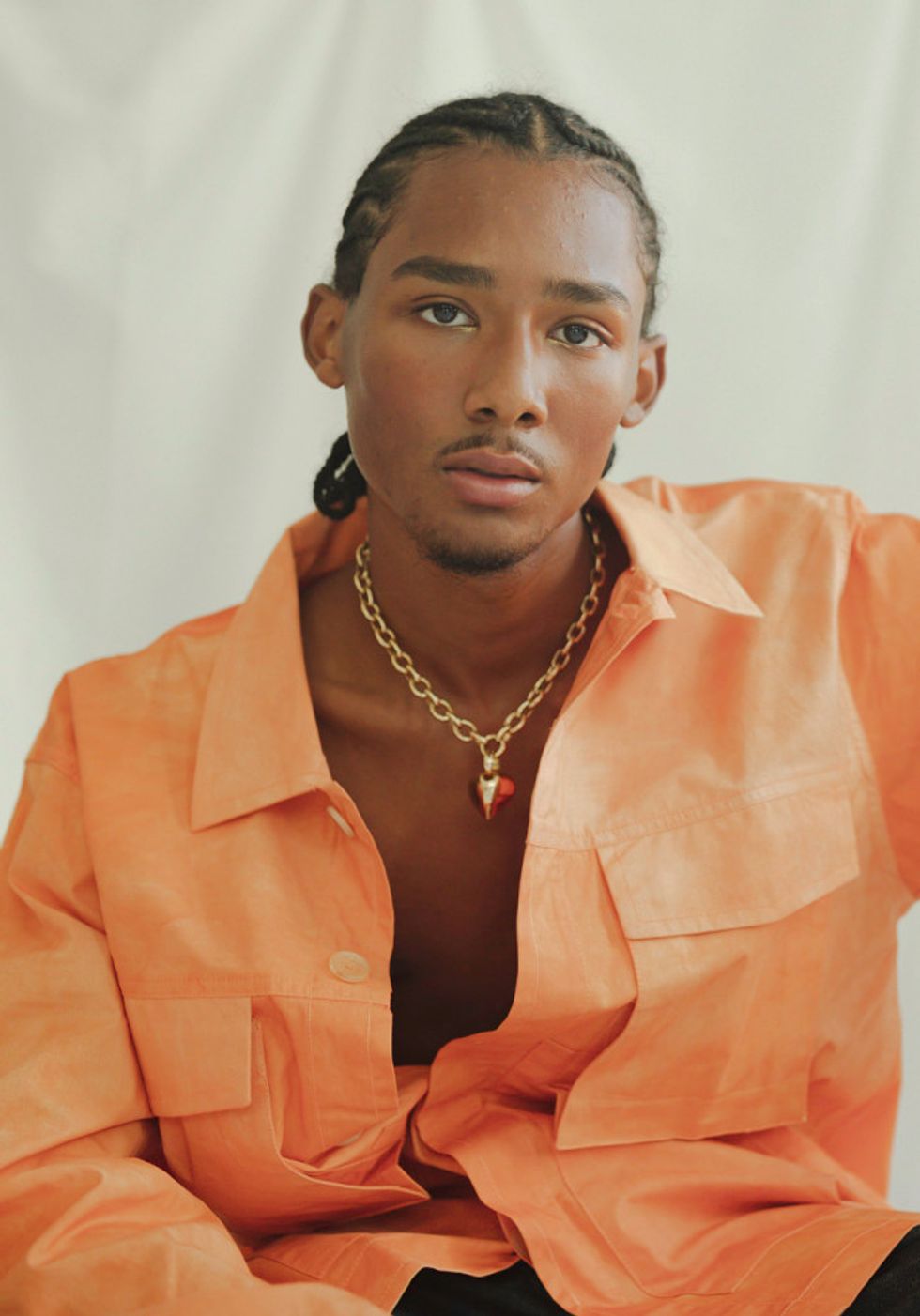
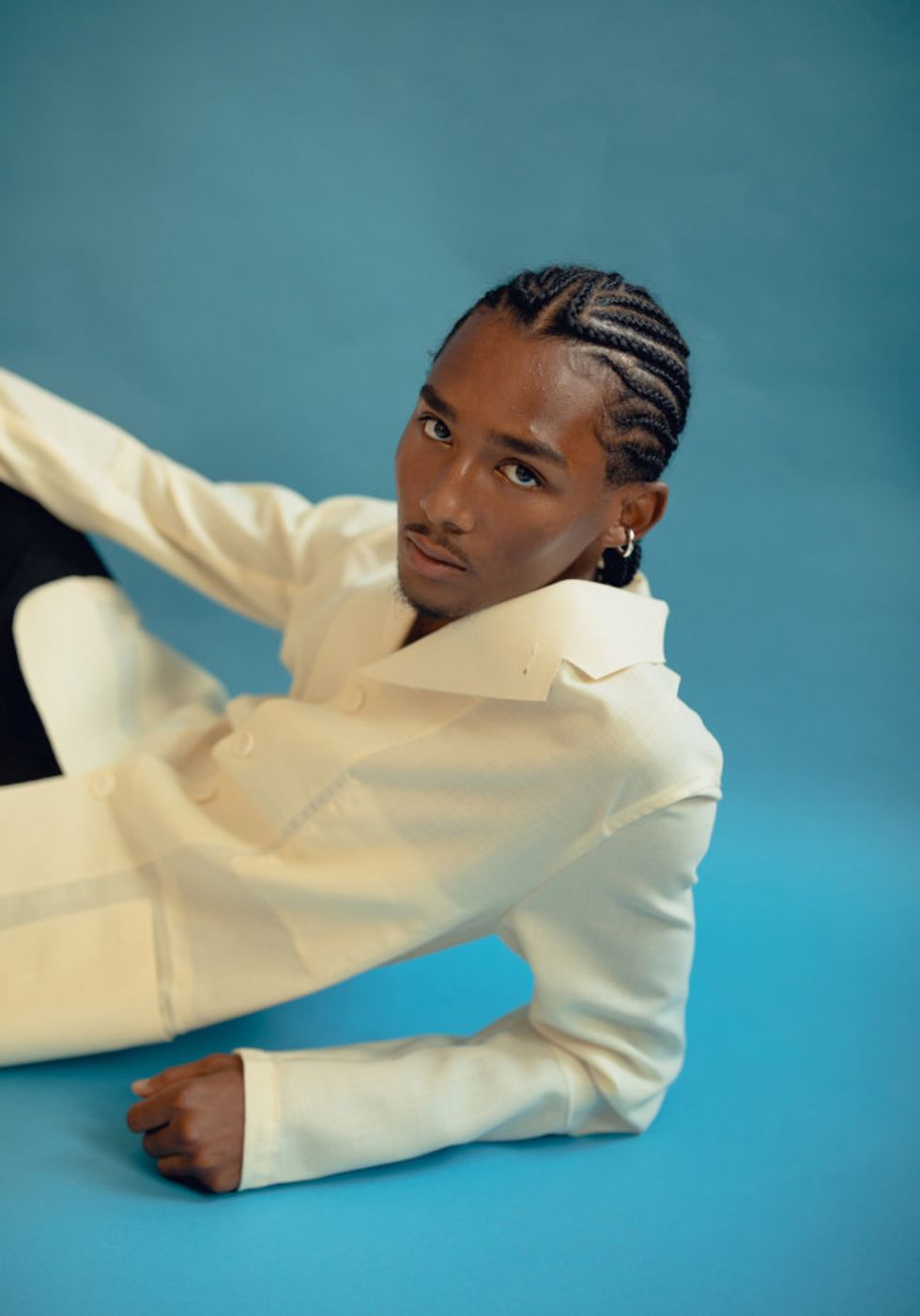

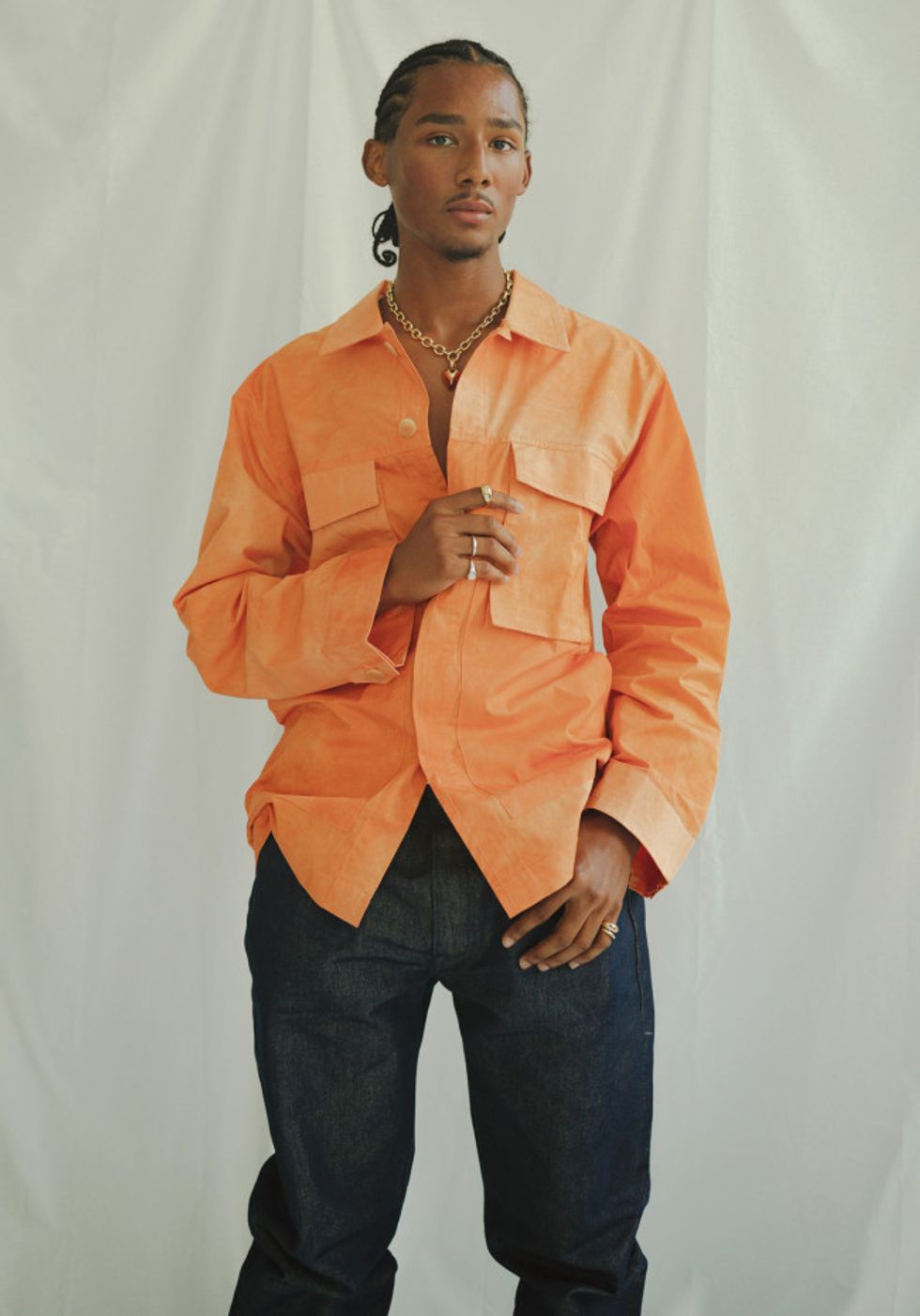
On an early memory of getting his hair done:
“When my mom would braid my hair, it was just so lit to me because it wasn’t something that happened often. A lot of the time my mom would do basic cornrows, but when I was a lot younger she would do more intricate designs. When I finally started growing my hair out, I wanted to do more with it. If my hair wasn’t in braids or twists, it was a lot more maintenance.”
On his hair journey:
“Growing up, I did ballet and modern dance for about 10 years, since the third grade, and the school where I went, they wanted the guys to have short hair or hair that wouldn’t interfere with your dancing. If you had longer hair, they would want it to be in a bun. They were pretty serious about that—but I didn’t listen that much because it was my hair. Just because of [dance,] I wasn’t going to stop me from wearing braids or the hairstyles that I want to wear.
“Eventually, later on they didn’t really mind because I was going to do what I wanted with my hair anyway. All the while it wasn’t me who got a solo because of my hair and my skin, and to this day I would still choose to keep wearing my hair how it is instead of trying to fulfill some sort of European beauty standard.
“I eventually did cut my hair around my senior year of high school because I wanted to get waves. But then I realized waves are really hard work and a lot more maintenance—I also heard, and this could be a rumor, that in the process of trying to achieve waves, you can get bald spots. So I wasn’t having that, but I also got tired of having them because once you get them, it's like, ‘OK, you have waves…’ I couldn’t have my hair blowing in the wind, and I didn’t feel as free.”
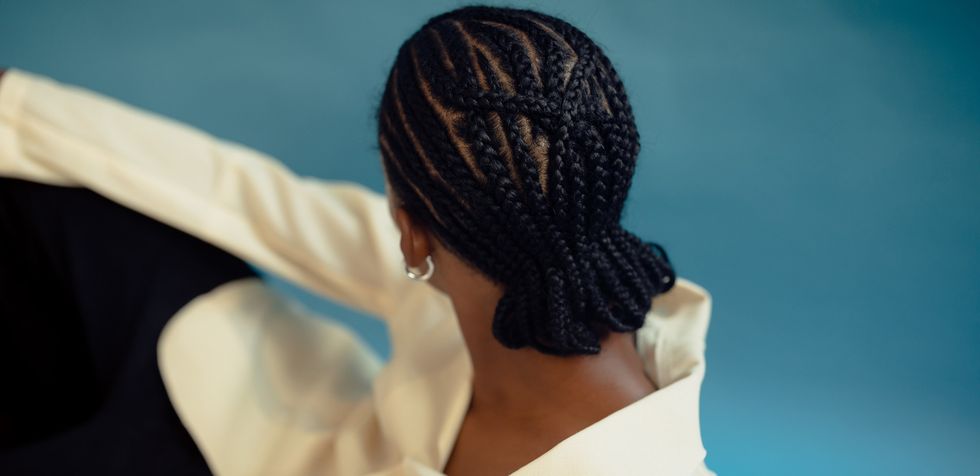
- Jacket by Jacquemus
- Ear Cuff by Pattaraphan
- Shirt by Jacquemus
- Silver ring by Wolf Circus
- Gold ring by Wolf Circus
- Necklace by Laura Lombardi
His thoughts on seeing Black hair and protective styles in mainstream media and pop culture:
“I read this quote the other day that said ‘you are your ancestors’ wildest dreams.’ Growing up as a Black boy, I never thought of my hair as anything more than what it is. And I didn’t think it mattered either, until society told me differently. I had to learn how to stop being myself for the comfort of others because I didn’t have hair that fit the Eurocentric standards of beauty, [which] meant that I was an outsider. So now, to see my hair and culture so prevalent in mainstream media is very frustrating. It doesn’t surprise me, though, because mainstream media has become an outlet for Black culture to finally be put on a pedestal the way it should be.”
On the versatility of his hair:
“It’s honestly really incredible. Just 10 or 15 years ago—even five years ago, I couldn’t wear my hair like this without it seeming unprofessional. My hair is an extension of who I am. Now when I go to a braider, I’ll usually tell them the type of style that I want, but I like to give them the freedom to do whatever they want. It’s getting what I want but allowing them to do their art form—I like to let them rock. There hasn’t been one time where I didn’t like it. It’s like wearing someone else’s art. I feel smooth when I have braids.”
Hairstylist: Braiders at Naye African Hair Braiding Salon in Brooklyn, NY
Want more stories like this?
Brow Shaping 101 with Ikram Abdi Omar
Beyoncé’s Hairstylist Kim Kimble on Creating Iconic Hairstyles for Black Is King
Ginger-ale Blond & Peanut-butter Brunette Top the List of Fall Hair Color Trends


